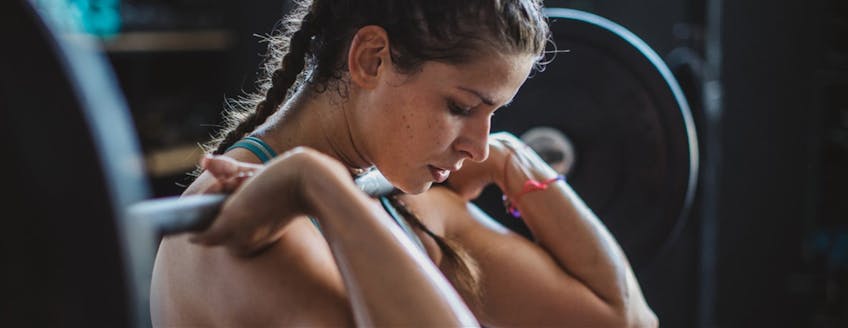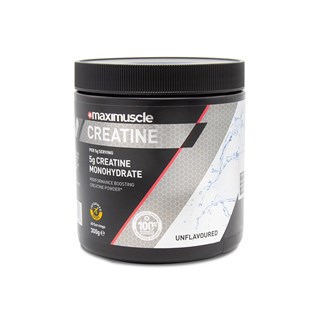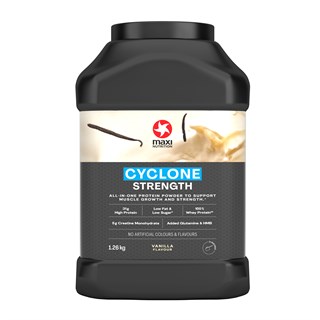Here’s some more planning considerations from a Strength and Conditioning perspective that should be acknowledged.
1. If you add something in you should take something out
Kelvin Giles put this well in his recent workshop at Leeds Beckett University (Formerly Leeds Met) stating that before you add something in to the programme ask yourself the question, what do you need to sacrifice to accommodate it?
So many times when things are going well we always look to add more. However when things do need changing its got to be steadily introduced at the expense of something else. Consider the demands of the newly introduced element from a fatigue perspective. Sometimes it’s better to wait until you have a competition free period before adding anything in at all.
2. Periodisation has to fit the sport AND the athlete.
Everyone needs a range of qualities to compete at any sport and these should be all within the programme to some degree. We know this. But novice trainees need to emphasise basic strength development over any other quality. Forget power, specific strength, plyometrics etc. Have elements of all of these in the programme but the emphasis has to be on basic strength. How do you know when you are a novice? When you can put more weight on the bar every week in pretty much every exercise and still recover for your next session ready to go again!
Intermediate trainees can certainly include more power and specific work but the emphasis still needs to be on developing basic and maximal strength. For me a 1.5x bodyweight squat and deadlift, bodyweight clean for a set of 3-5 reps, 5 good chins and 0.75x BW press are good measures of passing through the intermediate stage of training for female athletes obviously depending on your sport.
Male athletes more like 1.75x BW Squat/Deadlift, 1.2-1.5x BW Press, 5 chins with 0.5xBW, and a clean of around 1.2 x BW for 3 sets of 3-5 reps is a good range of strength. Once these are roughly achieved I tend to think a lot more about specific strength qualities.
3. Work Capacity VS Recovery Capacity
It really is not about the amount of work you can do in a given session, whilst this is a factor of course, as important is the ability to recover from the work.
I think a lot of us are or have been guilty of this at some time. Whether you prescribe it or witness it from sports coaches you work with is irrelevant. If the athletes can’t recover from it you’ve done too much, irrespective of how they perform in that given session.
It doesn’t have to hurt to make you better, a little and often is generally better than a lot all at once!
Article by Brendan Chaplin, Founder of Strength & Conditioning Education
Brendan Chaplin MSc CSCS ASCC is a performance specialist and strength and conditioning coach. Currently he is the founder and managing director of Strength & Conditioning Education where he provides coaches with the tools and resources to develop themselves to their best and raise industry standard. Follow him on twitter @BrendanChaplin and checkout his website.
















